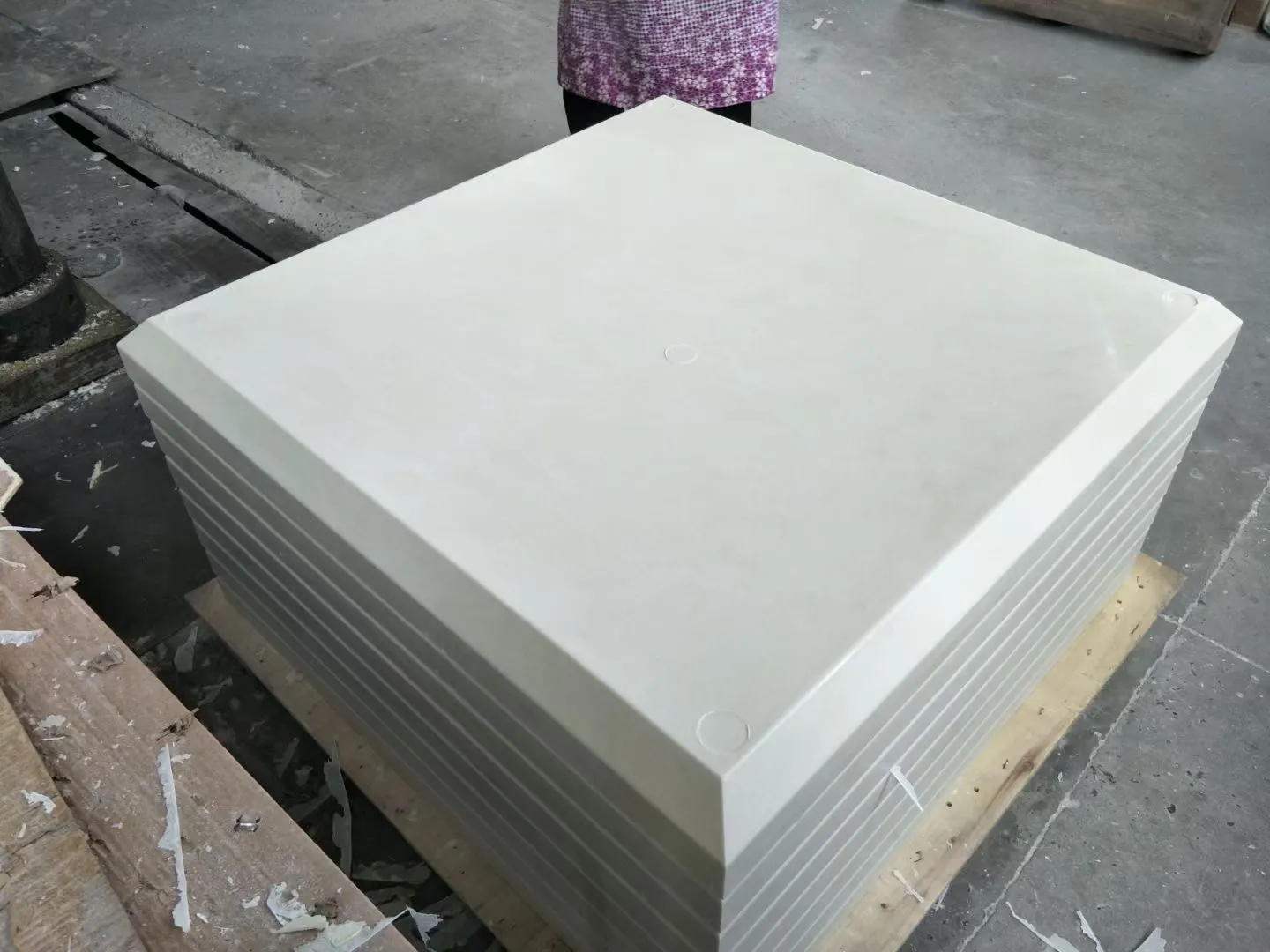loading...
- No. 9, Xingyuan South Street, Dongwaihuan Road, Zaoqiang County, Hengshui, Hebei, China
- admin@zjcomposites.com
- +86 15097380338
- Welcome to visit our website!
Industrial Reverse Osmosis Water Treatment System for Efficient Purification and Supply
Understanding Industrial RO Water Systems An Essential Component for Water Purification
Water is an indispensable resource in various industrial applications, ranging from food and beverage production to pharmaceutical manufacturing and power generation. The need for high-quality water has made industrial reverse osmosis (RO) water systems increasingly vital. These systems effectively remove contaminants and improve the purity of water used in operations, ensuring compliance with industry standards and enhancing product quality.
What is Reverse Osmosis?
Reverse osmosis is a purification technology that uses a semi-permeable membrane to separate impurities from water. In a standard RO system, water is forced through the membrane under pressure. The membrane allows water molecules to pass while rejecting larger particles such as salts, bacteria, and other contaminants. This process results in highly purified water, vital for industries where water quality is paramount.
Components of an Industrial RO Water System
An industrial RO water system typically consists of several key components.
1. Pre-treatment System Before water enters the RO unit, it often undergoes pre-treatment to remove larger particles and contaminants. This stage may include sediment filters, activated carbon filters, and chemical dosing systems to prevent membrane fouling.
2. Reverse Osmosis Membrane The heart of the system, these membranes are designed to remove dissolved solids and other impurities. Typical materials include thin-film composite polyamide, known for its high salt rejection rates and durability.
3. High-Pressure Pumps These pumps generate the necessary pressure to push water through the membrane. They are crucial as the efficiency of the RO process heavily relies on the pressure applied.
4. Post-Treatment After the RO process, the permeate (purified water) may be treated again to further enhance its quality. This could involve UV sterilization, mineralization, or pH adjustment, depending on the intended use of the water.
5. Monitoring and Control Systems Advanced RO systems integrate online monitoring tools to continuously assess water quality and system performance. Sensors check parameters like pressure, flow rate, and total dissolved solids (TDS).
industrial ro water system

Benefits of Industrial RO Water Systems
1. High Purity Levels Industrial RO systems can achieve purities of up to 99%. This is particularly essential in sectors requiring contaminant-free water, such as pharmaceuticals and electronics.
2. Cost-Effectiveness Although the initial investment can be significant, the long-term savings from reduced water usage, lower disposal costs for wastewater, and decreased chemical usage for water treatment make RO systems financially viable.
3. Environmental Impact Utilizing RO systems can lead to more sustainable water management. By recycling and reusing water, industries can minimize their environmental footprint while conserving valuable resources.
4. Versatility RO systems can be tailored to meet the specific needs of various industries. Whether for producing high-purity water for injection (WFI) in pharmaceuticals or deionized water for power plants, these systems are adaptable and scalable.
Challenges and Considerations
Despite their numerous advantages, industrial RO water systems also face challenges. Membrane fouling is a common issue that can affect efficiency and require regular maintenance, including cleaning or replacing membranes. Additionally, not all contaminants can be removed through RO alone; thus, a multi-barrier approach is often recommended for optimal water quality.
Furthermore, the energy consumption associated with high-pressure pumping can be significant. Innovations in energy recovery devices and better pump technologies are helping to mitigate these concerns, making RO systems more efficient.
Conclusion
Industrial RO water systems play a crucial role in producing purified water essential for various industrial applications. Their ability to remove contaminants and improve water quality makes them indispensable in today’s water-dependent industries. As technology advances, RO systems will continue to evolve, offering even greater efficiency and sustainability, thus enhancing their contributions to industrial processes and environmental stewardship. Embracing these systems can help industries meet regulatory requirements, optimize operations, and secure high-quality water—an essential component for success in an increasingly water-scarce world.
-
The Rise of FRP Profiles: Strong, Lightweight, and Built to LastNewsJul.14,2025
-
SMC Panel Tanks: A Modern Water Storage Solution for All EnvironmentsNewsJul.14,2025
-
GRP Grating: A Modern Solution for Safe and Durable Access SystemsNewsJul.14,2025
-
Galvanized Steel Water Tanks: Durable, Reliable, and Ready for UseNewsJul.14,2025
-
FRP Mini Mesh Grating: The Safer, Smarter Flooring SolutionNewsJul.14,2025
-
Exploring FRP Vessels: Durable Solutions for Modern Fluid HandlingNewsJul.14,2025
-
GRP Structures: The Future of Lightweight, High-Performance EngineeringNewsJun.20,2025
